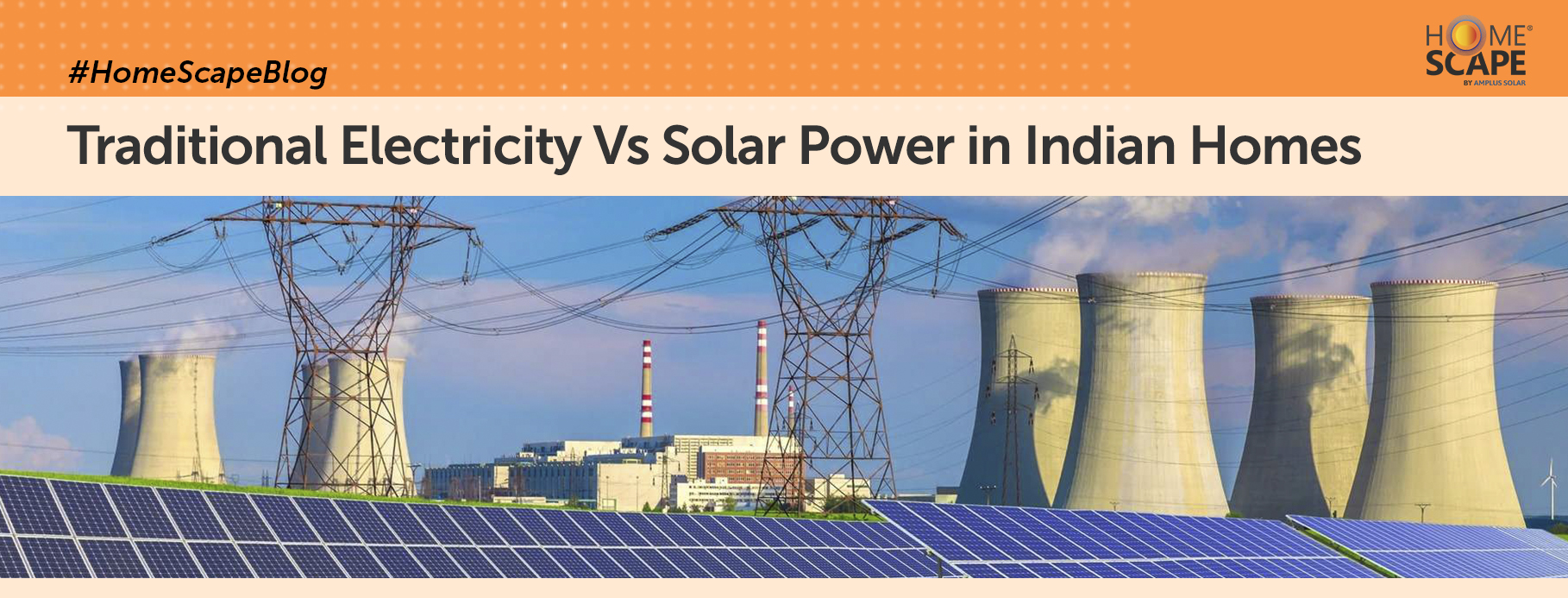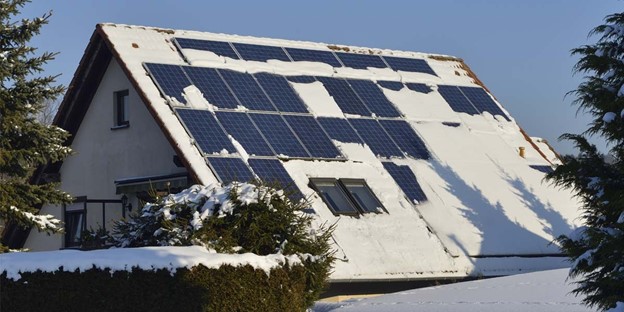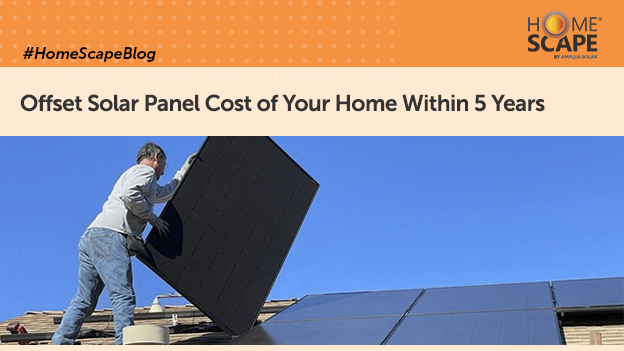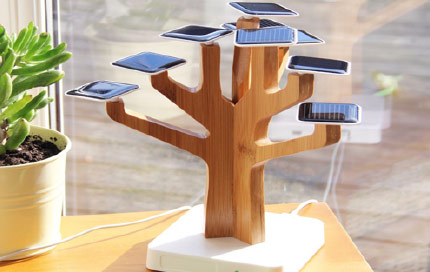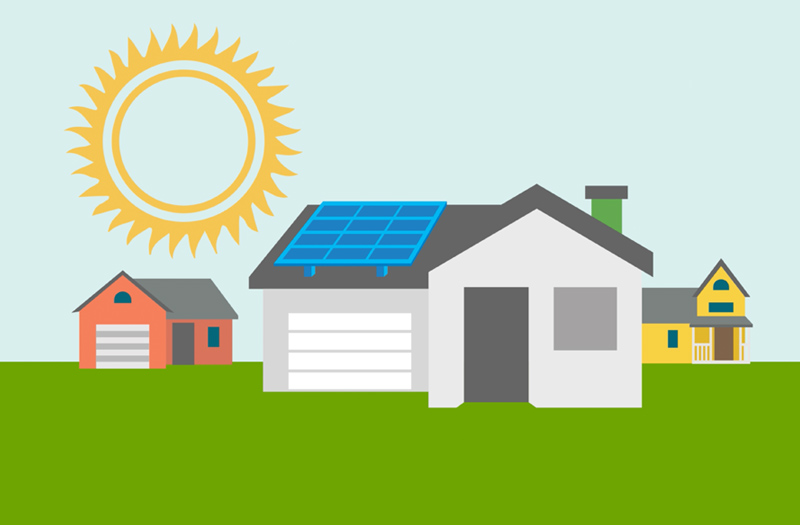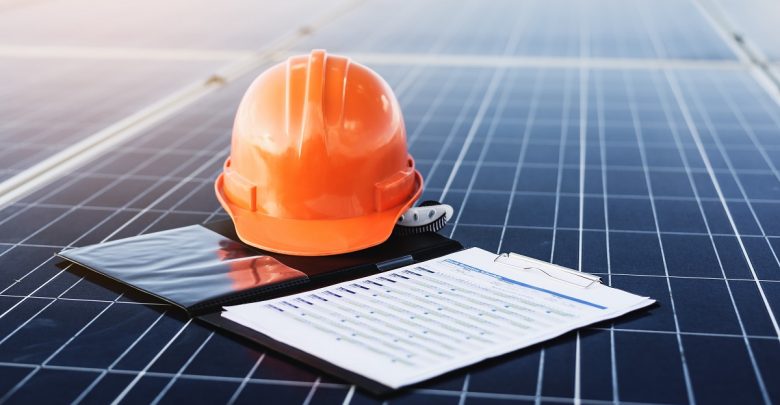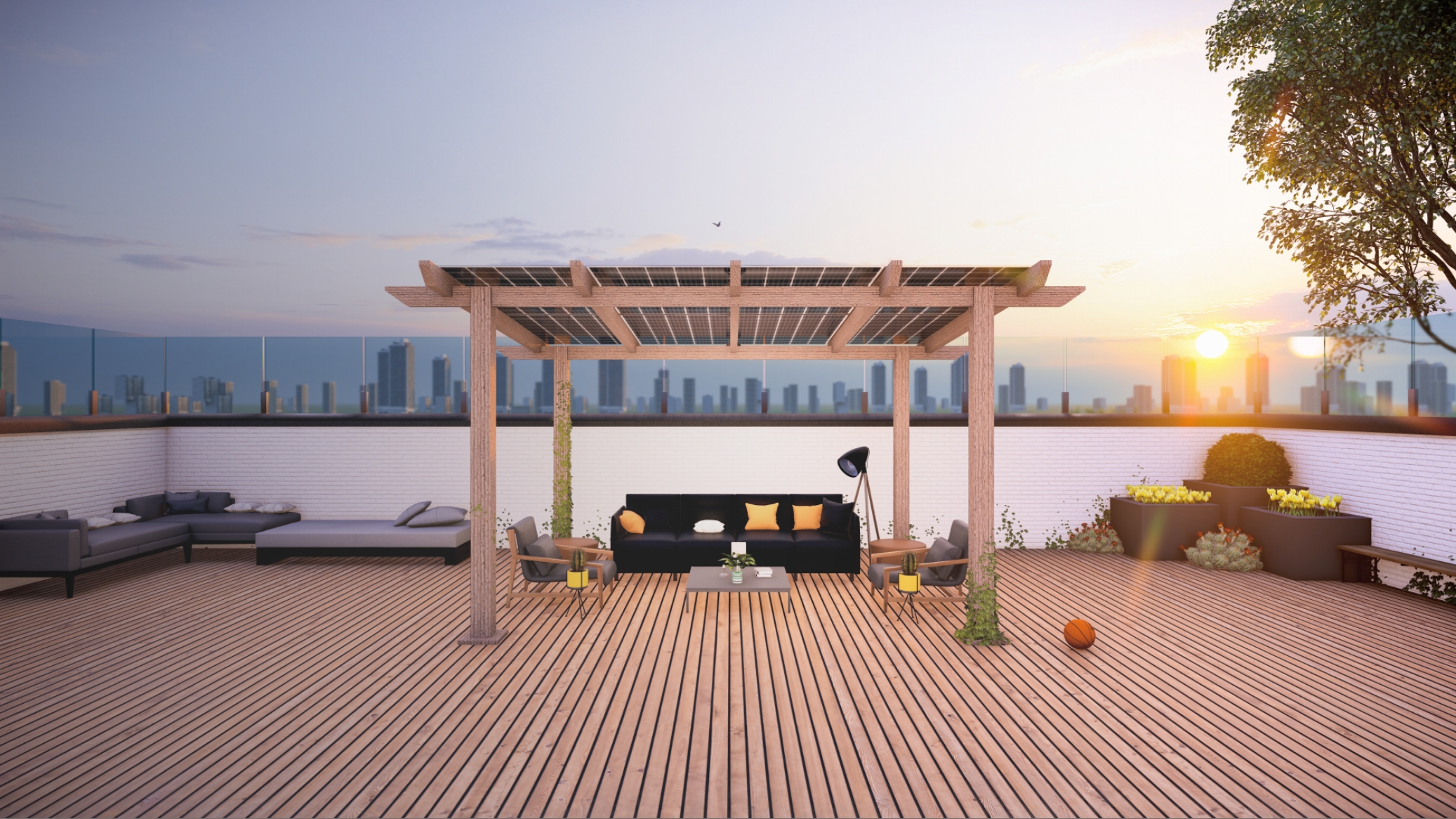Categories
14 February 2022
Traditional Electricity Vs Solar Power in Indian Homes
Consumers can’t differentiate between traditional electricity or solar power as far as functionality is concerned. But, the modern, aware and [...]
05 January 2022
How to Prepare Your Rooftop Solar Panel for Winters
Your home solar panel system can work efficiently even in cold and harsh winters. All it needs is a little [...]
01 December 2021
Offset Solar Panel Cost of Your Home Within 5 Years | HomeScape
High electricity bills among rising inflation have become the new normal for homeowners. Considering the current global energy crisis coupled [...]
07 June 2021
Tips for Maximising Efficiency and Reducing the Impact of Shade
Solar panels function by transforming photons into usable electricity, acting as a solar power plant for your home. Due to [...]
24 February 2021
Innovations in solar energy for personal use
Did you know that there are T-Shirts that activate in sunlight? Although they don’t have any solar-related components, just a [...]
20 February 2021
Can you run a house completely on Solar Power?
An answer to the question, whether you can run a house completely on solar power is yes! Especially in a [...]
25 January 2021
Personal Guide to install solar at home: Part 4- Proposal and Documentation
To educate people regarding the process of installing solar, we outlined a simple ten-step guide for the typical solar PV [...]
20 January 2021
Personal Guide to Install Solar at Home: Part 3 – Choosing the Solar Installation Company and Site Survey
In the second instalment of our ‘Personal Guide to Installing Solar at Home’ series, we covered the topics of on-grid [...]
23 December 2020
5 Home Improvement Products that Add Value to Your Home
Here are the 5 Home Improvement Products that Add Value to your House: Many home improvement products add value to [...]
06 August 2020
10 Smart Energy Saving Tips For Your Home
It’s no wonder that we would have heard of so many ways to reduce household energy usage by some simple [...]
